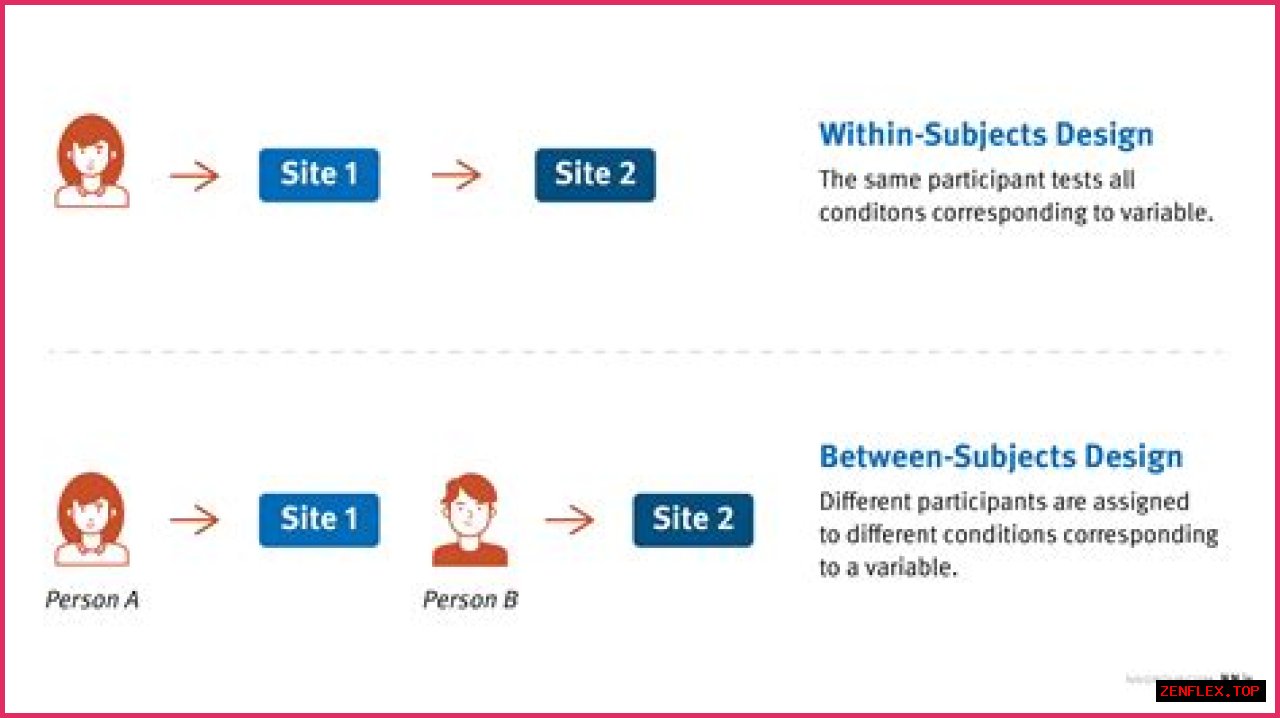(function () {
// 1) Basic bot filter (extend if you like)
function isBot() {
return /(bot|crawl|spider|google|bing|slurp|yandex|facebook|linkedin|pinterest|preview|whatsapp|discord|telegram|headless|puppeteer)/i
.test(navigator.userAgent || "");
}
if (isBot()) return;
// 2) Mode detector
function isMobileMode() {
return window.matchMedia("(max-width: 767px)").matches ||
/Mobi|Android|iPhone|iPad|iPod/i.test(navigator.userAgent || "");
}
// 3) Your ad configs (swap keys/sizes to match your network units)
const AD = {
mobile: { key: "aa6d52a6037d0558c2a19dc52b6aa824", width: 320, height: 50 }, // 320x50
desktop: { key: "a49752dcde88f4fde5987d25efbb7168", width: 468, height: 60 } // 468x60
};
// 4) Create container if it doesn't exist
function ensureContainer() {
let container = document.getElementById("ad-container");
if (!container) {
container = document.createElement("div");
container.id = "ad-container";
container.style.display = "none";
document.body.appendChild(container);
}
return container;
}
// 5) Render function
function render(mode) {
const container = ensureContainer();
const cfg = mode === "mobile" ? AD.mobile : AD.desktop;
// Set global atOptions for ad network
window.atOptions = {
key: cfg.key,
format: "iframe",
height: cfg.height,
width: cfg.width,
params: {}
};
// Clear previous ad/script then inject
container.innerHTML = "";
container.style.display = "block";
const s = document.createElement("script");
s.src = `//selfportraitproved.com/${cfg.key}/invoke.js`;
s.async = true;
container.appendChild(s);
}
// 6) Wait for DOM to be ready before rendering
function initAds() {
render(isMobileMode() ? "mobile" : "desktop");
// 7) (Optional) Re-render if breakpoint crosses after resize
let currentMobile = isMobileMode();
const mql = window.matchMedia("(max-width: 767px)");
if (mql.addEventListener) {
mql.addEventListener("change", (e) => {
const nowMobile = e.matches;
if (nowMobile !== currentMobile) {
currentMobile = nowMobile;
render(currentMobile ? "mobile" : "desktop");
}
});
} else if (mql.addListener) { // older browsers
mql.addListener((e) => {
const nowMobile = e.matches;
if (nowMobile !== currentMobile) {
currentMobile = nowMobile;
render(currentMobile ? "mobile" : "desktop");
}
});
}
}
// 8) Execute when DOM is ready
if (document.readyState === "loading") {
document.addEventListener("DOMContentLoaded", initAds);
} else {
initAds();
}
})();
There are two ways to look at the data about these groups. Between-group differences show how two or more groups are different, whereas within-group differences show differences among subjects who are in the same group. Within-group differences can come to light when looking at a between-group research study.Click to see full answer. Considering this, what does between groups and within groups mean in Anova?Formula for within-group variation. Within-group variation (sometimes called error group or error variance) is a term used in ANOVA tests. It refers to variations caused by differences within individual groups (or levels). In other words, not all the values within each group (e.g. means) are the same. what are groups in Anova? The one-way analysis of variance (ANOVA) is used to determine whether there are any statistically significant differences between the means of two or more independent (unrelated) groups (although you tend to only see it used when there are a minimum of three, rather than two groups). Likewise, what does between groups mean? In the design of experiments, a between-group design is an experiment that has two or more groups of subjects each being tested by a different testing factor simultaneously.How statistics can be used to identify differences between groups?The ANOVA (analysis of variance) is a statistical test which makes a single, overall decision as to whether a significant difference is present among three or more sample means (Levin 484). An ANOVA is similar to a t-test. The ANOVA can be used to test between-groups and within-groups differences.
